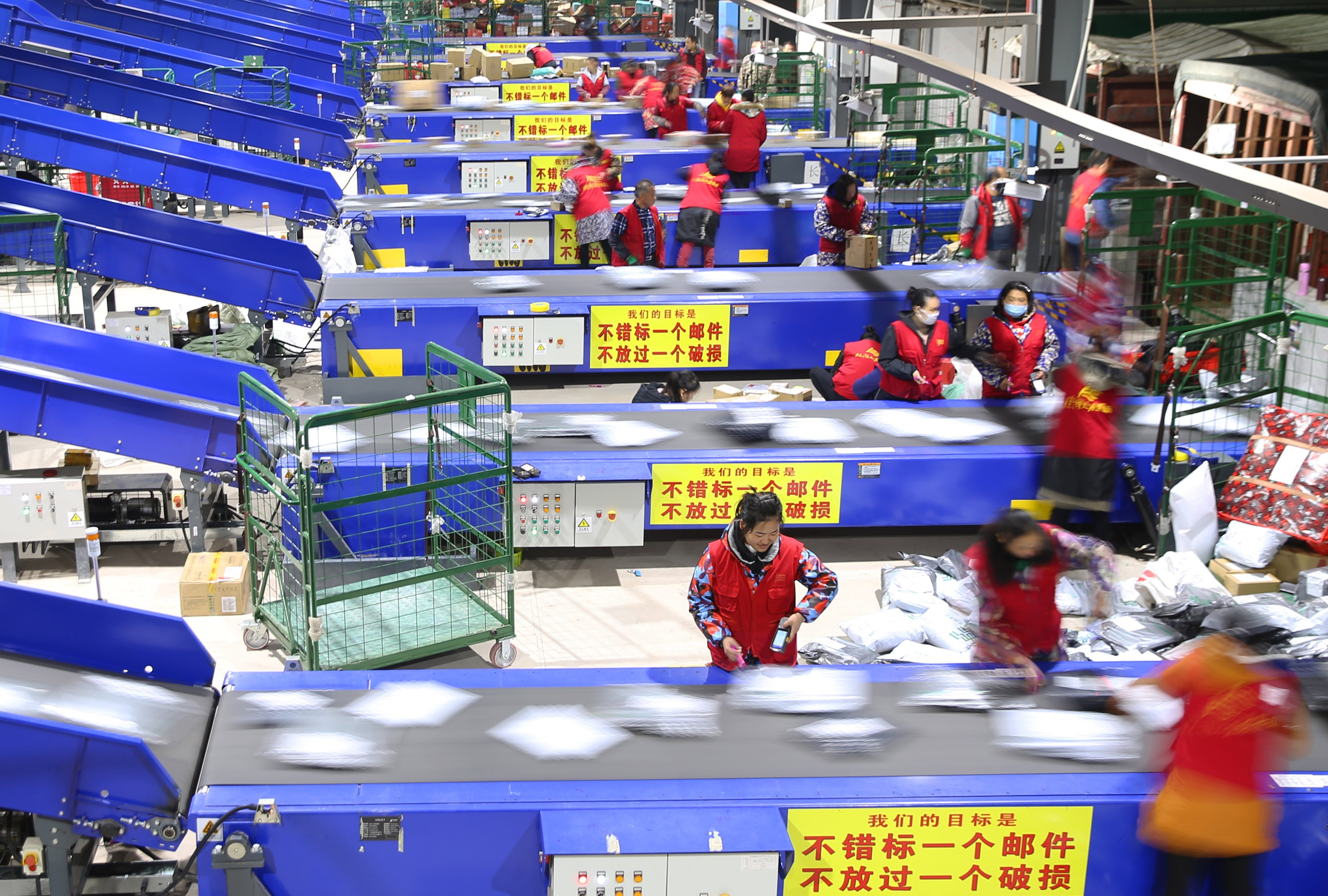Extended May Day holiday boost for domestic consumption
- By Rachana Gupta
 0 Comment(s)
0 Comment(s) Print
Print E-mail China.org.cn, April 3, 2019
E-mail China.org.cn, April 3, 2019

In a recent announcement, the State Council of China declared the extension of the May Day holiday from three to four days, starting from May 1 to May 4. This announcement has generated a great deal of discussion among netizens across China, reflected in numerous WeChat and Weibo posts. Many believe that the government did this to stimulate domestic consumption and boost tourism across the nation.
According to the online travel booking site Ctrip, trip searches and the number of online bookings surged by almost 50 percent following the announcement of the extended May Day holiday. The company estimated that almost 150 million trips will be made by Chinese people during this period. It is expected that Thailand, Japan and Indonesia would be the most popular overseas destinations, while Chongqing, Hangzhou and Shanghai would be the most popular domestic hotspots during this period. About 147 million trips were made by Chinese nationals during the three-day May day holiday last year. However, this number was much higher during the week-long National Day holiday with almost 726 million trips, according to the China Tourism Academy.
The Lunar New Year and National Day holidays are the most popular periods for traveling and consumer spending among the Chinese masses. This year, the total number of domestic trips made by Chinese people during the Lunar New Year was 415 million, which was a 7.7 percent year-on-year increase. The revenue generated from these trips totaled almost 513.9 billion yuan (US$76.2 billion), almost 8.2 percent higher than last year's figures.
The burgeoning middle class has also been playing a key role in boosting economic activity. In the last few decades, China's urban population grew from just 19 percent of the total population in 1980 to almost 58 percent in 2017, according to ChinaPower of the Center for Strategic and International Studies. In the near term, the number of urban dwellers is only expected to continue growing. In addition, China's huge import numbers, boosted by the surging middle class -- which amounted to almost US$1.95 trillion in 2017 -- is expected to reach US$10 trillion in the coming five years. Similarly, the internet penetration rate in the country has increased over five times, from a paltry 10.5 percent in 2006. Factors such as the growing middle-class, the prevalence of the internet and smartphones, along with the government's efforts to shift the economy from an export-driven to a consumer-led one, is boosting consumption levels, especially during the holidays.

Notably, local consumption in China has swelled in the last few years to become the biggest driver of China's economy, according to the Chinese National Bureau of Statistics. In 2018, domestic consumption contributed almost 76 percent to the country's economic growth, almost 18 percent higher than in 2017. In addition, the market research firm, eMarketer, found that China will surpass the U.S. to become the largest retail market in the world by the end of this year. The firm's projection states that this year's total retail sales figure would reach an estimated US$5.6 trillion (7.5 percent increase) vs the U.S.' retail sales of US$5.5 trillion (3.3 percent increase). In 2007, China's online retail trade reached US$8.3 billion and has maintained an upward momentum since. Moreover, as indicated in a report by Forrester, an American market research company, China's online retail market is expected to reach up to US$1.8 trillion by 2022, more than double the size of the U.S. market of US$713 billion. Nevertheless, there is still plenty of room for growth as currently only 38 percent of the Chinese population shops online.
The Chinese government has also been working to create a conducive environment for foreign businesses, which are producing and selling products in the local market. The first China International Import Expo was organized last year to improve the country's imports and provide greater market access to foreign firms. Recently, the Chinese government also passed new laws to strengthen and protect the rights of foreign businesses and safeguard the intellectual properties of foreign enterprises. These laws are aimed at creating a more level playing field for foreign companies and attracting more foreign investment.
Although there has been some slowdown in sectors such as auto, real estate, etc. in the first quarter of 2019, the government's recent moves that include tax cuts, the new foreign investment law, extended holidays, etc. to boost consumer spending and to reinvigorate the economy seems to be a prudent one. Also, looking at the overall trend of the Chinese market, it seems that 2019 will yet again witness significant revenue from domestic consumption and tourism, thereby helping China achieve its 6-6.5 percent GDP growth target for the year.
Rachana Gupta is an active blogger, poet and freenlance content writer.
Opinion articles reflect the views of their authors only, not necessarily those of China.org.cn.
If you would like to contribute and have specific expertise, please contact us at opinion@china.org.cn.






Go to Forum >>0 Comment(s)